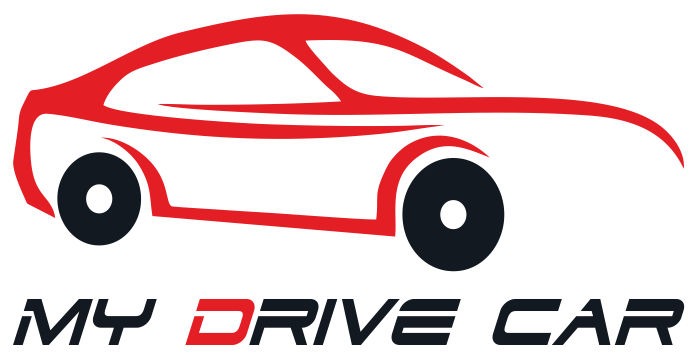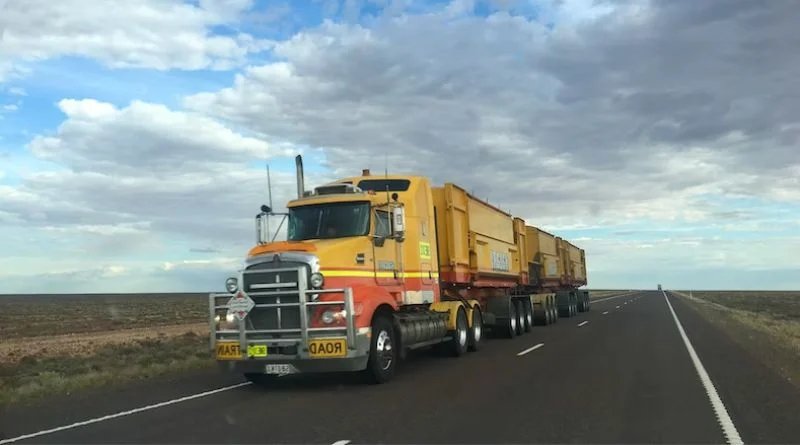Common Roadside Emergencies for Truckers and How to Handle Them
Last updated on July 19th, 2024 at 07:47 am
As a trucker, you’re no stranger to the open road and all its unpredictable obstacles. From inclement weather to heavy traffic, you’re constantly faced with challenges that require quick thinking and decisive action. One of the most pressing challenges you may encounter is a roadside emergency. Whether it’s a tire blowout, engine failure, or another issue, being prepared to handle these situations is essential for your safety and the safety of other drivers on the road. In this blog, we will discuss some of the most common roadside emergencies for truckers and how to handle them. By knowing how to respond to these emergencies, you can stay safe, minimize the impact on your business, and get back on the road as quickly as possible.
Common Roadside Emergencies for Truckers
As a trucker, you may face a variety of roadside emergencies while on the road:
- Tire blowouts, engine failure, and electrical problems are three of the most common roadside emergencies truckers may encounter.
- Tire blowouts can be caused by poor maintenance, truck overload, or road hazards such as potholes or debris.
- A lack of maintenance, low fluids, or overheating can cause engine failure.
- Electrical problems such as dead batteries or faulty alternators can be caused by improper wiring or simply reaching the end of their lifespan.
- Regardless of the specific cause, it’s essential to know how to handle these emergencies to ensure your safety and the safety of others.
- Handling a tire blowout involves safely bringing the truck to a stop, changing the tire or calling for assistance, and inspecting the remaining tires for damage.
- Handling engine failure involves safely bringing the truck to a stop, diagnosing the issue, making temporary repairs if possible, and calling for assistance with necessary information.
- Handling electrical problems involves diagnosing the issue, jump-starting or replacing the battery, and keeping spare fuses and bulbs on hand.
- Regular maintenance and inspections are crucial in preventing roadside emergencies and identifying potential issues before they become emergencies.
- Carrying emergency supplies and tools can also help handle roadside emergencies efficiently and safely.
Handling Tire Blowouts
Handling a tire blowout is a common issue truckers may face while on the road. Here are some steps to manage it effectively:
- Recognize the signs of a tire blowout: a loud bang or pop, a sudden loss of control or vehicle vibration, and the feeling of the truck pulling to one side.
- Keep a firm grip on the steering wheel and gently apply the brakes to slow down the truck.
- Use your turn signal to indicate that you are pulling over to the side of the road.
- Once you have safely pulled over to the side of the road, turn on your hazard lights and place reflective triangles around your truck to warn other motorists.
- Use a lug wrench to remove the damaged tire and replace it with a spare tire.
- Tighten the lug nuts in a star pattern to ensure even pressure on the wheel.
- Finally, check the tire pressure of the new tire and adjust it if necessary.
Regular tire maintenance is crucial to avoid tire blowouts. You should frequently check the tire pressure and inspect tires for signs of wear or damage. Avoiding overloading the truck and maintaining a safe driving speed is essential, especially when encountering road hazards.
How to Handle Engine Failure
When faced with engine failure, it’s important to:
- Stay calm and act quickly to ensure your safety and the safety of those around you.
- Safely bring the truck to a stop on the side of the road, using hazard lights and signals to warn other drivers.
- Diagnose the issue and attempt any temporary repairs that are possible. This may involve checking fluid levels, tightening loose connections, or replacing a faulty component.
- If these steps don’t resolve the issue, it’s time to call for assistance from your truck roadside assistance provider.
- Provide detailed information about your location, the issue with your truck, and any other relevant details to ensure a quick and effective response.
How to Handle Electrical Problems
When faced with electrical problems while on the road, it’s crucial first to diagnose them. This can be done by checking for blown fuses, loose wiring, or dead batteries. If the issue is with the battery, jump-starting it may be a temporary solution. However, if the battery needs to be replaced, it’s crucial to have a spare. In addition to keeping spare batteries, it’s also essential to have spare fuses and bulbs in case of other electrical issues. You can quickly make necessary repairs and return to the road with these supplies.
Coping with Other Roadside Emergencies
As a trucker, you may face other common roadside emergencies, such as fuel shortages, overheating, and brake failure. In these situations, it’s essential to stay calm and take the necessary steps to ensure your safety and the safety of other motorists.
If you experience a fuel shortage, try to pull over to the side of the road as soon as possible to avoid blocking traffic. If you need help to make it to the nearest gas station, contact your truck roadside service provider for assistance, and they can help you arrange for fuel delivery to your location.
If your truck’s temperature increases, pull over to a safe location and turn off the engine. Check the coolant level and add more to the reservoir if it’s low. If the issue continues, it’s best to contact your truck roadside service for assistance.
If you experience brake failure, immediately shift the truck to a lower gear and use the parking brake to slow down. Try to pull over to a safe location and turn off the engine. Contact your truck roadside service provider for assistance as soon as possible, as brake failure can be a serious safety issue.
Regular maintenance is crucial in preventing emergencies. Check your truck’s fluids, brakes, and tires often, and fix any problems immediately. Also, drive safely and obey traffic laws to decrease the likelihood of breakdowns and accidents.
Conclusion
As a trucker, knowing how to handle roadside emergencies is crucial for ensuring your safety and the safety of those around you. In this blog, we’ve discussed some of the most common roadside emergencies truckers may face, including tire blowouts, engine failure, and electrical problems, and how to handle them. It’s essential always to be prepared and to have a plan in case of an emergency, including carrying necessary tools and equipment, having a reliable truck roadside service provider, and knowing how to diagnose and make temporary repairs. Remember, sometimes, it’s best to leave the repairs to a professional truck mechanic. By following these tips and staying vigilant on the road, you can help prevent emergencies and handle them confidently if they do occur. Stay safe out there!




